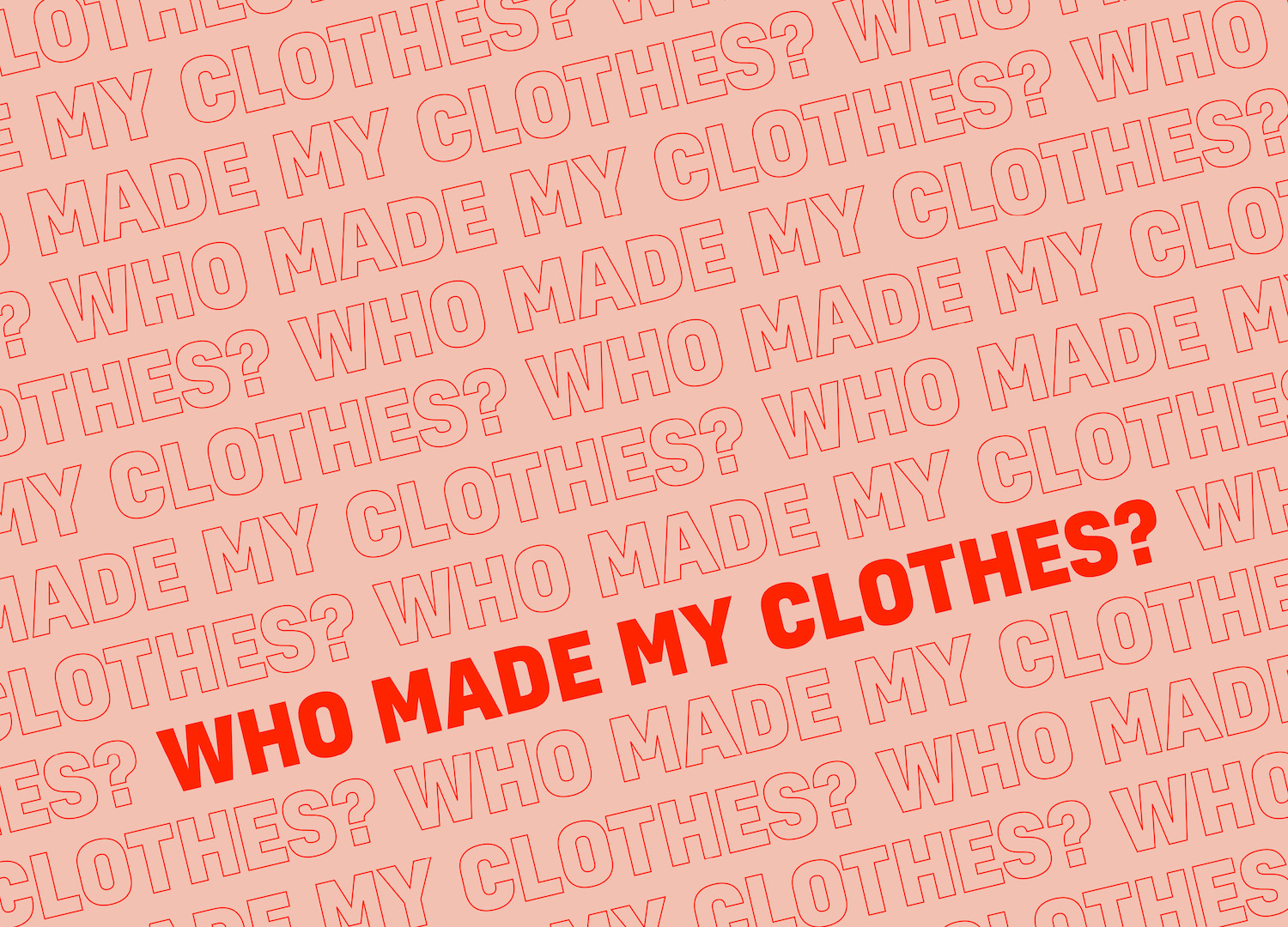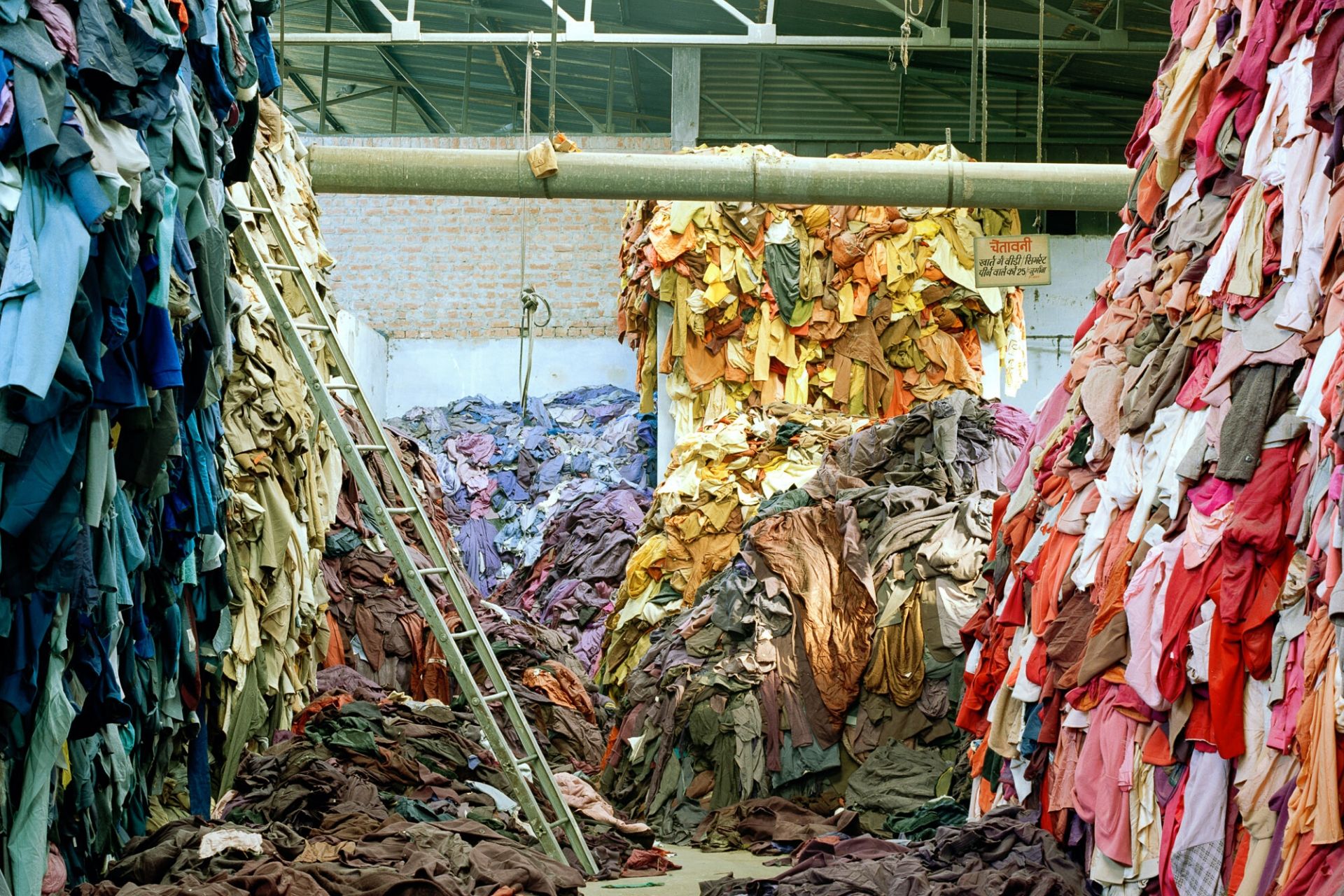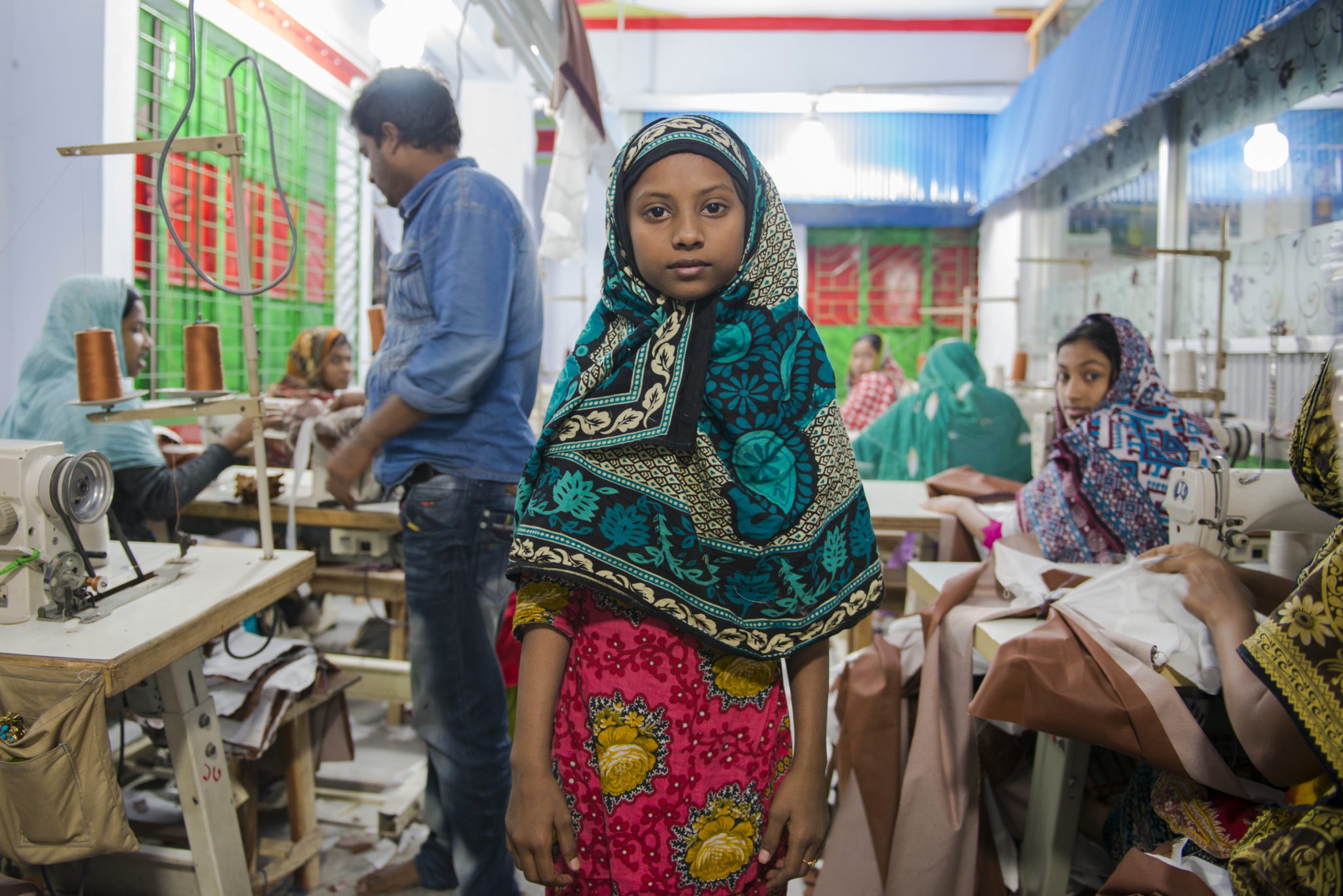
Still Talking About a Fashion Revolution: 10 Years On From Rana Plaza
words ATHINA GREENHALGH
It’s been 10 years since the Rana Plaza factory building in Bangladesh collapsed, killing more than 1100 and injuring 2500. It was a tragedy that sent shockwaves around the world, drawing international media attention, and exposing to the public uncomfortable truths about how our clothes are made.
It was not the first industrial disaster to hit the fashion industry, and sadly it hasn’t been the last, but Rana Plaza started a conversation. It shone a light on not only the unsafe working conditions to which workers were often exposed but a suite of other concerns too including forced overtime, poverty pay, instances of modern slavery, child labour and limited freedom of association, as well as the environmental impact of fashion.
As Fashion Revolution Week kicks off, below we reflect on the 10 years that have passed since Rana Plaza – exploring what progress has been made to advocate for garment workers and ensure no one dies for fashion.

Calling for a #FashionRevolution
Founded by fashion designers and social advocates Carry Somers and Orsola de Castro, the annual Fashion Revolution Week campaign was established in the wake of Rana Plaza. Mustering consumers to become social campaigners, the movement encourages shoppers to ask their favourite brands “Who made my clothes?” – a simple call to action that puts significant pressure on brands to bridge the gap between garment workers and consumers.
Now, Fashion Revolution’s Transparency Index reviews 250 of the world’s largest brands, offering an annual snapshot of the industry’s progress. Of course, transparency doesn’t equal sustainability, but it is the first step in brands taking accountability and responsibility for their impact.
In the 2022 release, the index found only 48% of brands disclosed their first-tier suppliers (these are the suppliers only one step removed from the brand, where our clothes are sewn and finished). Details became cloudier further down the supply chain, where a mere 12% of brands disclosed some of their raw materials suppliers. Clearly, there is a long way to go, but Fashion Revolution says that brands are much more open to sharing this information than they were previously, reflecting that in 2017, 0% of brands reviewed were disclosing raw materials suppliers.
While up to 91% of luxury brands have committed to goals such as sourcing sustainable materials, protecting biodiversity and using renewable energy, only 35% publicly encourage suppliers to allow trade unions to form.
In terms of living wages, disappointingly the report shows no progress in the past three years, with just 27% of brands disclosing their approach to achieving living wages for supply chain workers. They report that policy is consistently the area where brands achieve the highest average score, and yet when it comes to taking action or disclosure of practices, even the highest-ranking brands are not meeting expectations.
Vogue Business, in their recent index of luxury fashion brands, also found a significant imbalance between the industry’s labour rights and environmental goals, suggesting that both are not being prioritised equally: “While up to 91% of luxury brands have committed to goals such as sourcing sustainable materials, protecting biodiversity and using renewable energy, only 35% publicly encourage suppliers to allow trade unions to form, according to the index. Just over half of brands say they ensure workers in their supply chain are paid at least minimum wage.”

Landmark collaboration, regulation, and legislation
It’s impossible to talk about Rana Plaza without talking about the Bangladesh Accord on Fire and Building Safety, which was established in response to the disaster. Now updated to the International Accord, this agreement between local trade unions and 192 signatory brands enforces independent workplace safety audits, adequate safety training for staff and protects the worker’s right to raise safety concerns. The legally binding nature of the accord, as well as the fact that it was backed by all key local labour rights bodies, made it a landmark, trailblazing agreement for the industry. This year, Pakistan is preparing to adopt its own similar agreement with 35 brands on board so far.
Brands and consumers cannot re-engineer the fashion industry on their own which is why it’s promising to see governments step up to the plate by introducing legislation that targets the industry’s biggest players.
The United Kingdom Modern Slavery Act (2015) and Australian Modern Slavery Act (2018) require large brands to report on the risk of modern slavery within their supply chains, as well as the actions they are taking to address it. Modern slavery and worker exploitation are not the same thing, but these regulations will require businesses to take a magnifying glass to their supply chains – the first step in identifying exploitation of any kind.
While there will never be a silver lining to Rana Plaza, we can’t ignore the legacy this event left, influencing change at a government, industry and consumer level – driving sustainability out of the shadows to the forefront of the conversation.
There is also pending legislation in the EU (the Corporate Sustainability Reporting Directive) as well as in New York (the Fashion Sustainability and Social Accountability Act) which will require large brands to report on both their social and environmental impact.
Further, the Garment Worker Protection Act in California has been effective since 2022, demanding garment workers receive a standard hourly rate rather than piece-rate pay. Fashion Revolution, Fair Wear, and ASN Bank have also teamed up to form the Good Clothes, Fair Pay campaign in the EU, which demands living wage legislation across the garment, textile and footwear sectors.
While there will never be a silver lining to Rana Plaza, we can’t ignore the legacy this event left, influencing change at a government, industry and consumer level – driving sustainability out of the shadows to the forefront of the conversation. Even still, it’s clear that nowhere near enough has been done to protect the people that make our clothes.
Get Involved
Consumers play an important role in driving positive change. Here are a few ways you can get involved this Fashion Revolution Week:
ONE // Sign the manifesto for a Fashion Revolution
Join together with like-minded fashion lovers globally in signing the Fashion Revolution Manifesto which also includes a range of small but significant steps you can take to take action.
TWO // Ask “Who made my clothes?”
Take to social media, email or even the post office to let your favourite brands know, while you like their clothes, you’d really love to know that they were made in a way that reflects your values.
THREE // Gather ‘round
Keep an eye out for in-person or online Fashion Revolution events in your neighbourhood.


